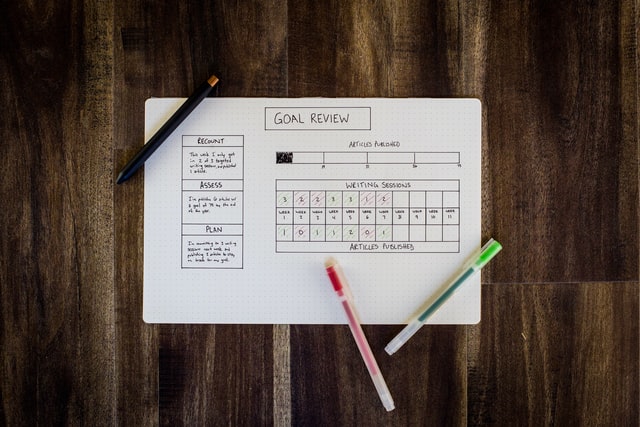80-20 Rule (Pareto Principle) Definition & ExplanationBy Eser Yilmaz, M.S., Ph.D.
Reviewed by Tchiki Davis, M.A., Ph.D. What is the 80-20 rule or Pareto principle? Find out what it means, how it relates to your life, and how you can use it to increase your productivity and improve your well-being.
On a deeper level, however, the harder work may make you feel drained, burned out, and sometimes less confident in your ability to succeed, especially if all that extra effort doesn’t move the needle in your favor. You may think how unfair it is, given that some people around us achieve more without putting in much effort. As it turns out, the key to success isn’t working harder, but working smarter.
Although we might expect some things in our lives to be more critical than others, we don’t always judge well the extent of these differences in importance. Working smarter involves determining what is essential and trivial, which requires understanding the 80-20 rule. In this article, we will discuss the 80-20 rule, which is also known as the Pareto principle, how it applies to various aspects of your life, and what you can learn from it to improve your productivity and well-being. Before we get started, we thought you might be interested in taking our well-being quiz to get your free personalized report. Or, if you're a well-being entrepreneur or coach, download our Wellness Business Growth eBook to get expert tips, tools, and resources to grow your business fast. Are You a Therapist, Coach, or Wellness Entrepreneur?
Grab Our Free eBook to Learn How to
|
Are You a Therapist, Coach, or Wellness Entrepreneur?
Grab Our Free eBook to Learn How to Grow Your Wellness Business Fast! |
Terms, Privacy & Affiliate Disclosure | Contact | FAQs
* The Berkeley Well-Being Institute. LLC is not affiliated with UC Berkeley.
Copyright © 2024, The Berkeley Well-Being Institute, LLC
* The Berkeley Well-Being Institute. LLC is not affiliated with UC Berkeley.
Copyright © 2024, The Berkeley Well-Being Institute, LLC




